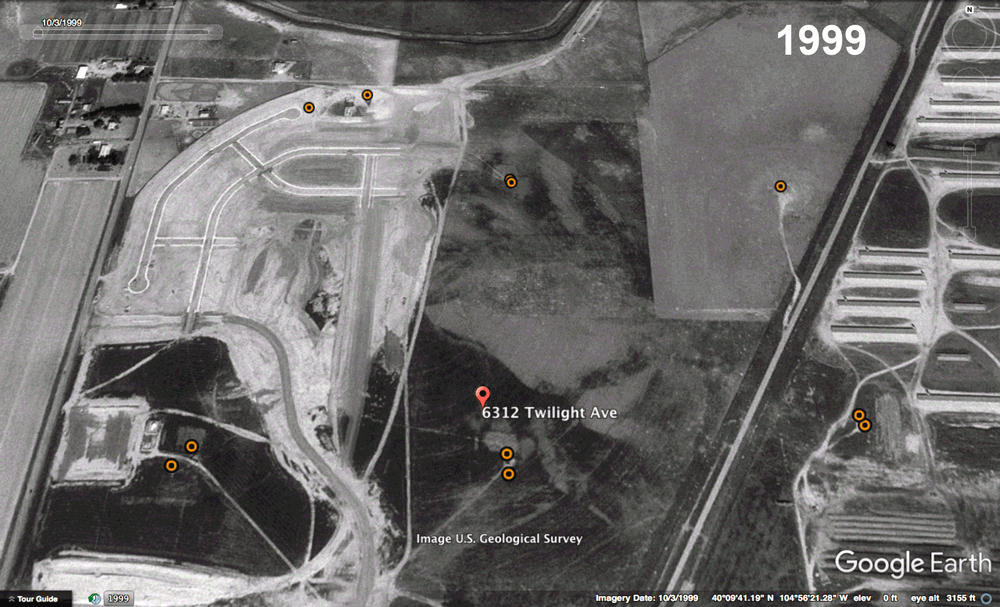In the wake of an explosion that killed two people in Firestone, Colorado on April 17, Governor John Hickenlooper has ordered a review of all statewide oil and gas operations.
An investigation into the house explosion revealed that an uncapped flow line from a nearby well allowed gas to seep into the soil and basement of the house. Ted Poszywak, chief of the Frederick-Firestone fire department, announced those results on Tuesday. The house, built in 2015, was located less than 200 feet from a well. The well was originally drilled in 1993 and is currently owned by Anadarko Petroleum Corporation.
Anadarko issued a press release on Tuesday quoting Al Walker, Chairman, President and CEO, “The safety of our employees and the people who live and work in the communities in which we operate is our number one priority.” The oil and gas company shut down 3,000 vertical wells after the house explosion in an “abundance of caution.”
According to state data, there are some 54,000 active oil and gas wells in the state. Another 36,000 are inactive or abandoned. In the meantime population growth in the Front Range has been explosive: An Inside Energy analysis of data from the U.S. Census Bureau and the Colorado Oil & Gas Conservation Commission found the number of people in 2015 who live in areas of Colorado with at least one well per square kilometer has increased by about 50,000 since 2010.
Weld County is a hotbed of drilling and population growth. Population has increased by 11.6% between 2010 and 2015, 9,225 new wells were “spudded” or drilled since the beginning of 2010.

Jordan Wirfs-Brock / Inside Energy
The fatal Oak Meadows home explosion occurred in an area with many wells that had been drilled in the 1990s, indicated by orange markers. In this time-lapse aerial view, from 1999 through 2015 new housing developments encroach upon the old wells. Data sources: COGCC, Google Earth.
Get the data: 2010 CSV | 2015 CSV | Source and notes: Github
Meanwhile, the Colorado Oil & Gas Conservation Commission issued a “Notice to Operators” on Tuesday requiring all oil and gas operators to inspect flowlines within 1,000 feet of an occupied building within 30 days. In addition operators must now provide flowline and pipeline inventory and location data to the COGCC.
Currently there are no maps available to locate flowlines beneath or nearby occupied buildings. Asked in a press conference on Tuesday if homeowners can find out about existing pipelines, COGCC Director Matt Lepore said, “I can answer that in a very broad way. Is there any oil and gas anywhere near you? When did it start? When did it happen? Did a subdivision move in after the fact? But…there is not a map that I can demonstrate to you or I can hand out and say, there are some here and there are not any here. Across Weld County there are a lot of wells.“
Lepore also pointed out that the steps the COGCC is taking now will “minimize any possibility of this happening again.” He added that, moving forward, operators will be hyper-diligent and hyper-vigilant.







